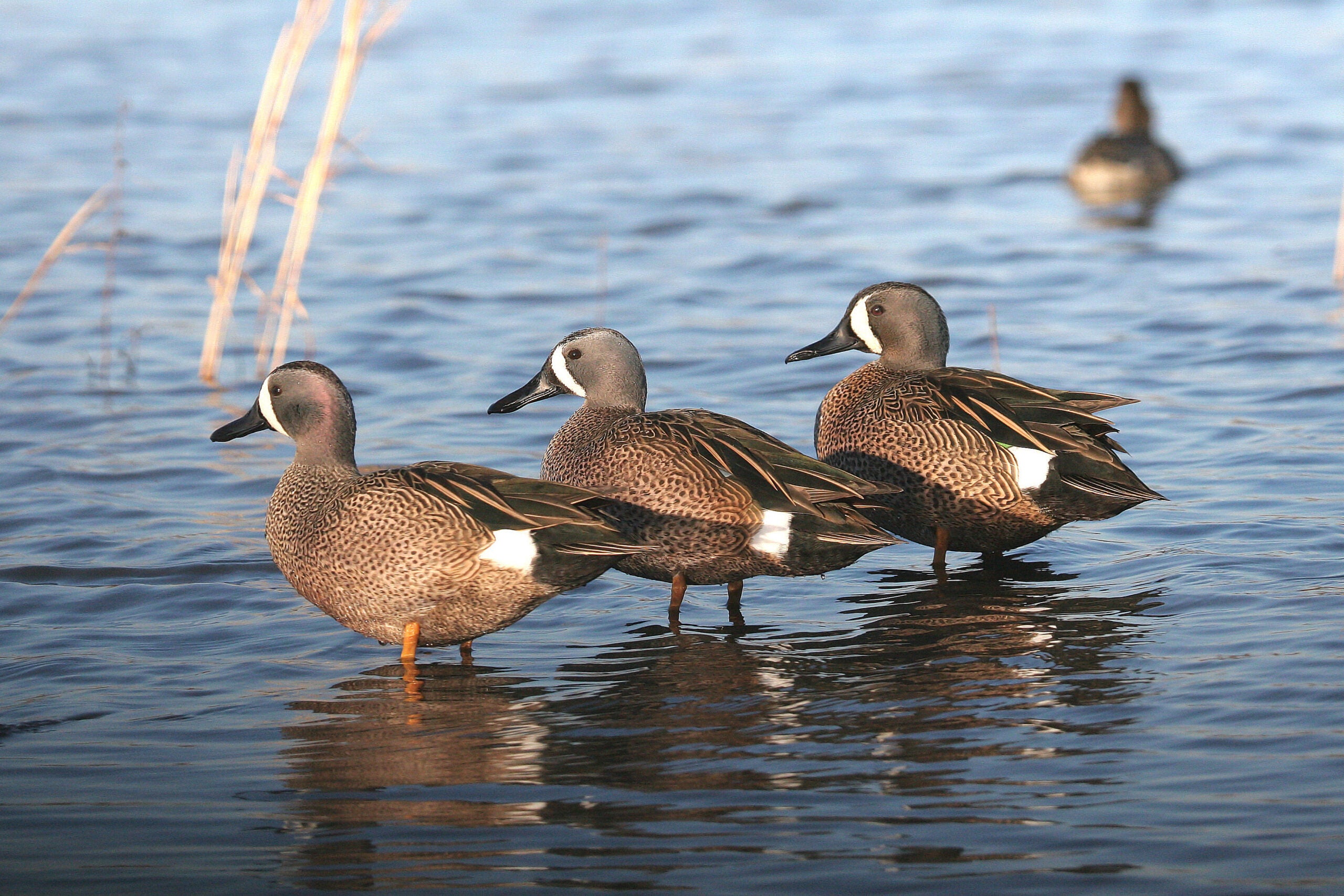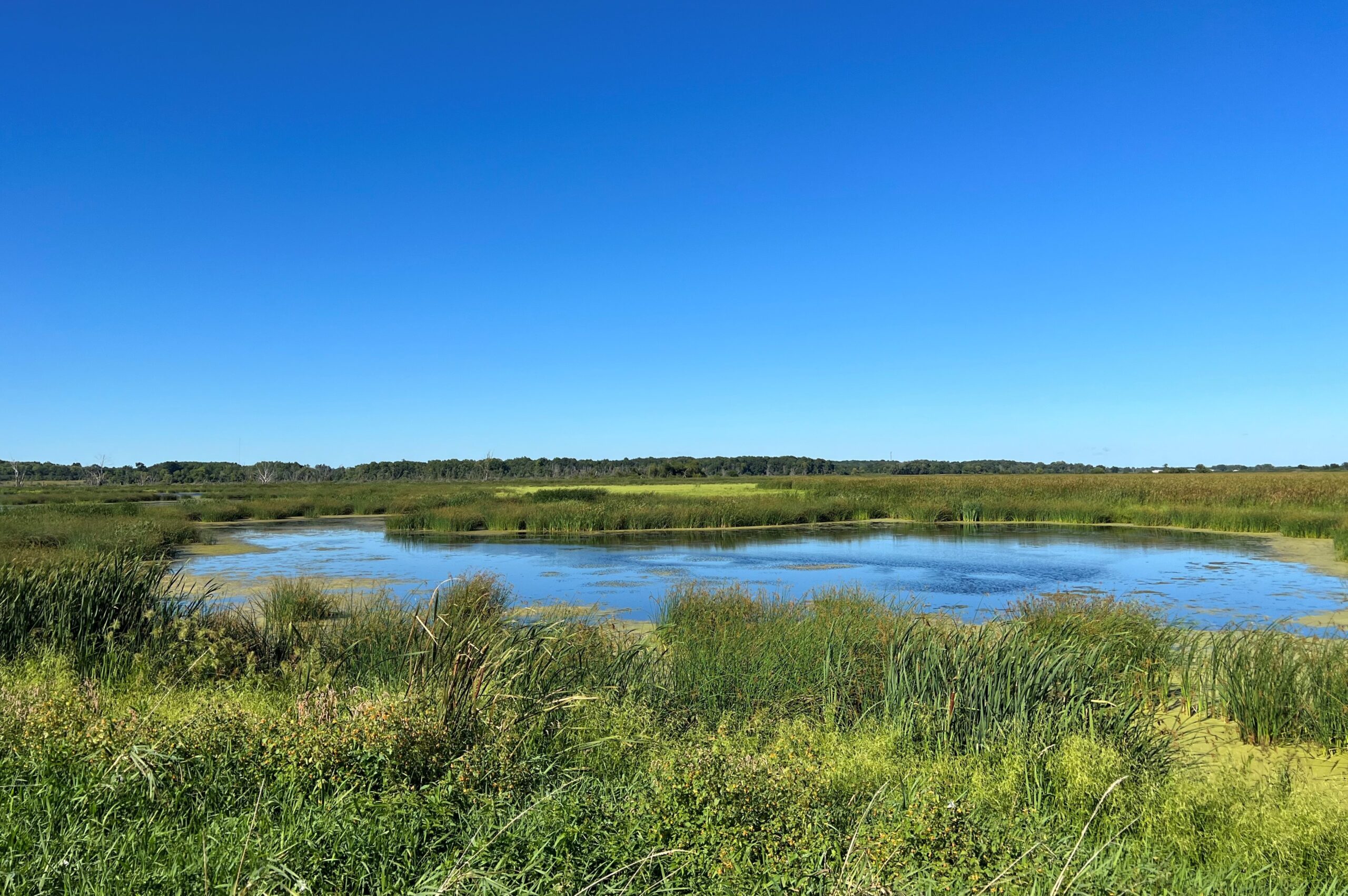The second weekend in November is generally the prime time to see migrating waterfowl along the Mississippi River.The weather has been affecting the birds’ migration patterns.
This time last year, there were up to 30,000 tundra swans that made their way from Alaska to the La Crosse area. But this week, there are about 3000.
Mary Stefanski is the district manager in Winona for the U.S. Fish and Wildlife Service’s Upper Mississippi River National Wildlife and Fish Refuge. She says the swans and other waterfowl, like ducks, have been slow moving because the weather has been so nice.
Stay informed on the latest news
Sign up for WPR’s email newsletter.
“They’re sitting somewhere either in Canada or somewhere else that hasn’t pushed them out yet,” she says. “They get pushed out by big weather fronts that make them leave those areas.”
So if a big storm comes through this weekend, Stefanski says more tundra swans should arrive soon.
She says migrating canvasback ducks are also behind because of the weather. Around 50,000 are feeding in an area across the river from La Crosse, down from 170,000 last year.
But Stefanski says more ducks will show up because the drought affected areas in the Northern Great Plains, changing the birds’ flight patterns.
“That pushes birds to the river because they need water,” she says. “They will move over to the river and use the river more for migration.”
Stefaski says this is still an ideal weekend for bird watchers. Pelicans, blue herons, and bald eagles are still being spotted around Wisconsin.
Wisconsin Public Radio, © Copyright 2024, Board of Regents of the University of Wisconsin System and Wisconsin Educational Communications Board.




